Gravel vs cyclocross bike: what is the difference?
Drop handlebars and tyres designed for dirt, gravel and cyclocross bikes seem to have a lot in common. So just what are the differences in a game of gravel vs cyclocross bike?
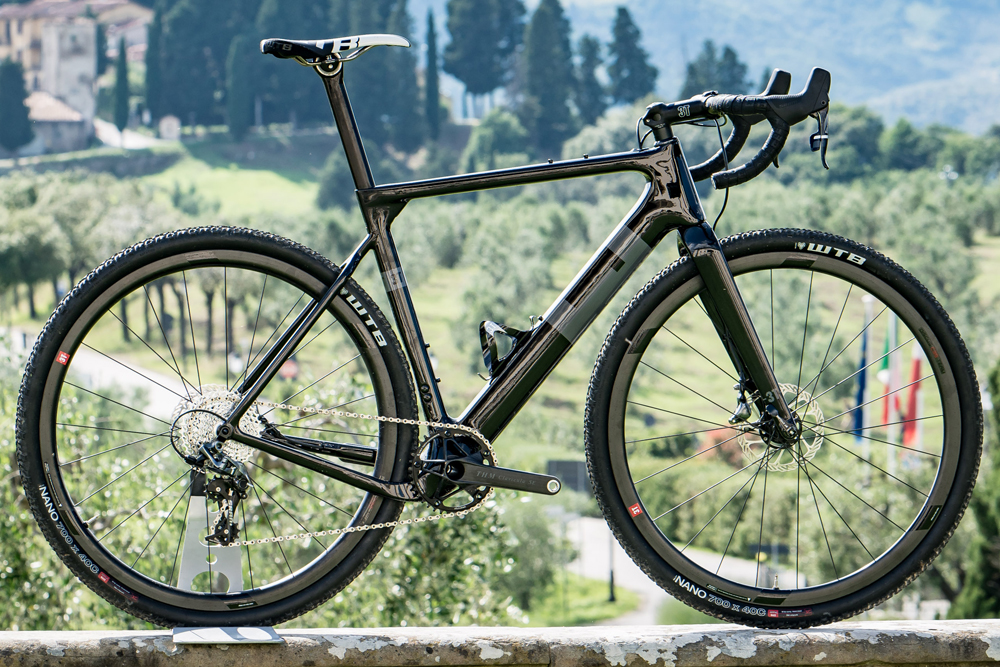
When you look at gravel vs cyclocross bikes, on the face of it they are nearly seem the same.
Delve deeper into exactly what they're designed for, though, and you'll find some small differences that make them optimised for these two quite different disciplines.
Whether you're in the market for one of these bikes, looking to try something different or simply curious, we're here to explain the difference.
Gravel tyres vs cyclocross tyres and clearance
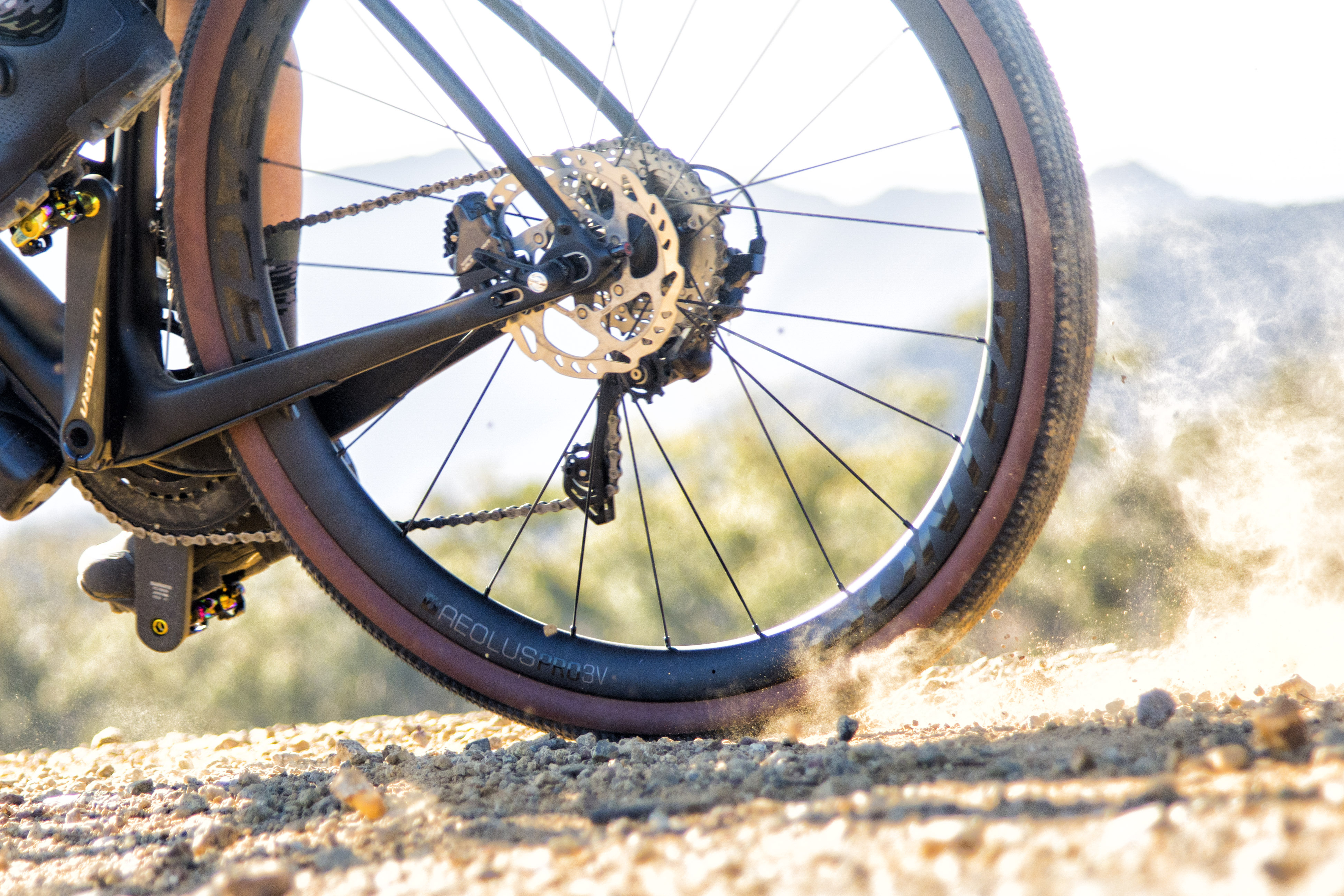
Let's start at the crux of off-road riding: grip. You'll find that both cyclocross bikes and gravel bikes often have wider, knobblier tyres for tackling mud and dirt, but there are some subtle differences beyond that.
Firstly, cyclocross tyres are limited under UCI rules to a maximum width of 33mm. Although this isn't enforced at a local league level, as bikes tend to be designed from the top level down, cyclocross bikes will be optimised for clearance for 33mm tyres.
You'll find mud clearance in the fork and rear triangle between these tyres and the frame, but not a huge amount of space for wider tyres.
Gravel, on the other hand, is blissfully free of UCI rules and intervention (at least for now). Therefore, there's no limits on tyres, and gravel riders and designers have made full use of this.
Some frames with really generous clearance can fit 700c wheels with up to 47mm wide tyres. Many gravel converts opt for smaller diameter 650b wheels to fit super wide tyres that enter MTB territory, with width measurements in inches of up to 2.25".
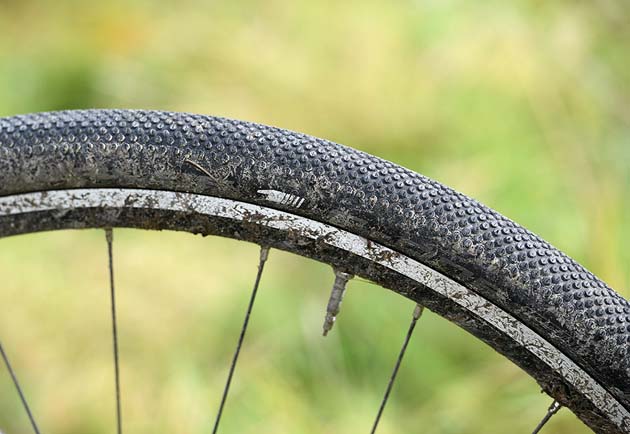
Cyclocross has traditionally been a winter sport in Europe, although it's very popular in the USA and in Australia year-round.
Most cyclocross tyres feature really aggressive tread and softer compound rubber for use in muddy, grassy conditions; summer-specific tyres feature a lower profile or often worn-down winter tyres.
Gravel tyres need to be tougher to cope with rocks as well as dirt. They must resist the abrasion from harder surfaces and deal with sometimes carrying heavier loads when gravel bikes are laden with bikepacking gear.
Typically a year-round discipline unlike cyclocross, with gravel tyres you'll find a lot of pretty slick tread patterns for dry and dusty summer riding. Check out our pick of our favourite gravel tyres here.
Frame geometry differences
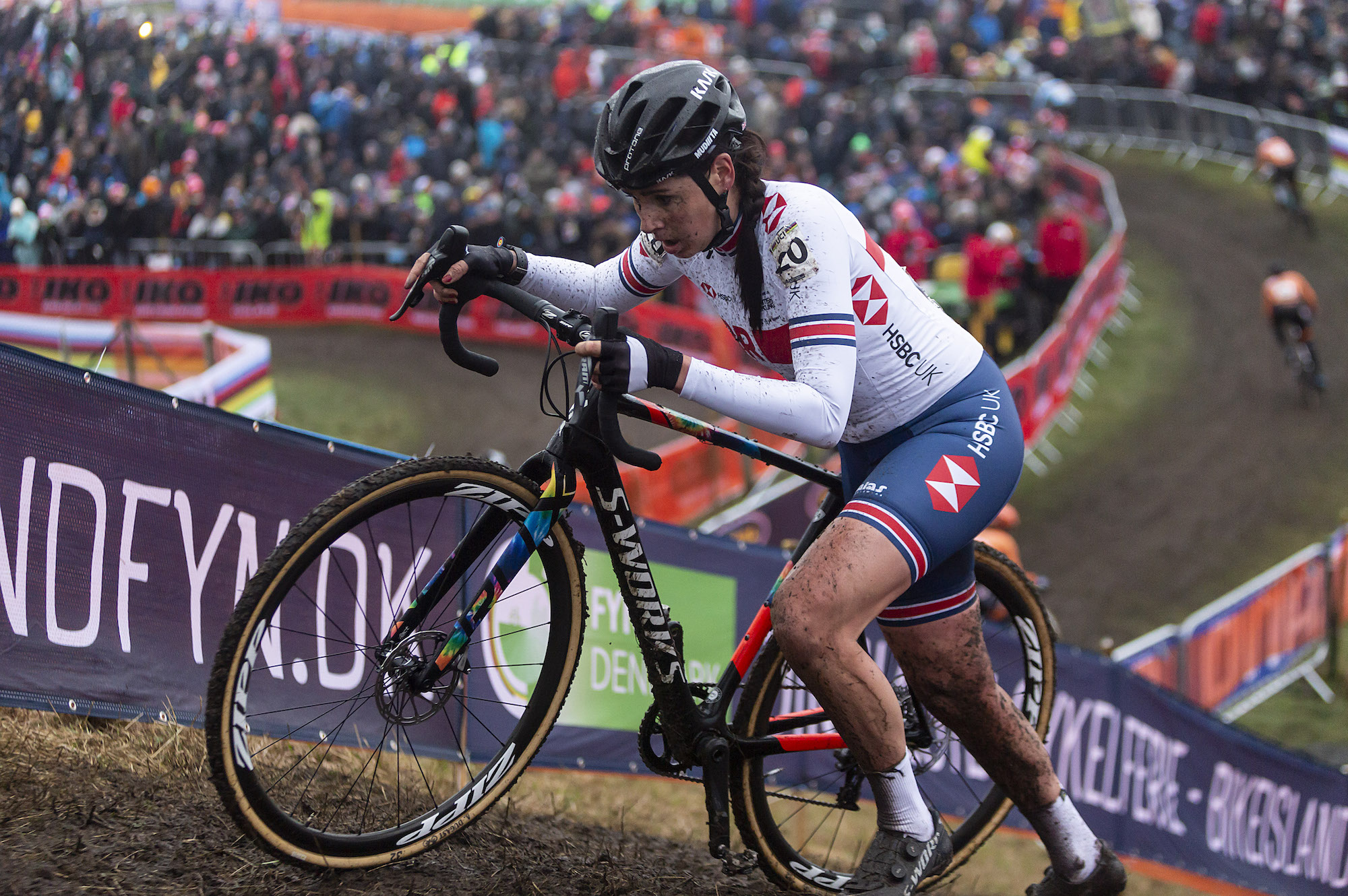
To understand the numbers behind the different geometry in gravel bikes vs cyclocross bikes, it helps to think about their design purpose.
Cyclocross bikes are perhaps one the most niche of all bike designs, built for forty five minutes to one-hour of intense thrashing around deteriorating muddy fields and obstacles in pretty terrible conditions.
Cyclocross racing demands tight, precise handling and efficient power transfer, good mud-shedding design as well as a preference for lightweight features.
Gravel bikes tend to have a much wider scope, from hour-long jaunts to day-long rides, or even multi-day bikepacking trips.
Racing, touring or just riding, there's a greater diversity of designs within the gravel bike category, but all need to give stability and control over a much wider mix of terrain.
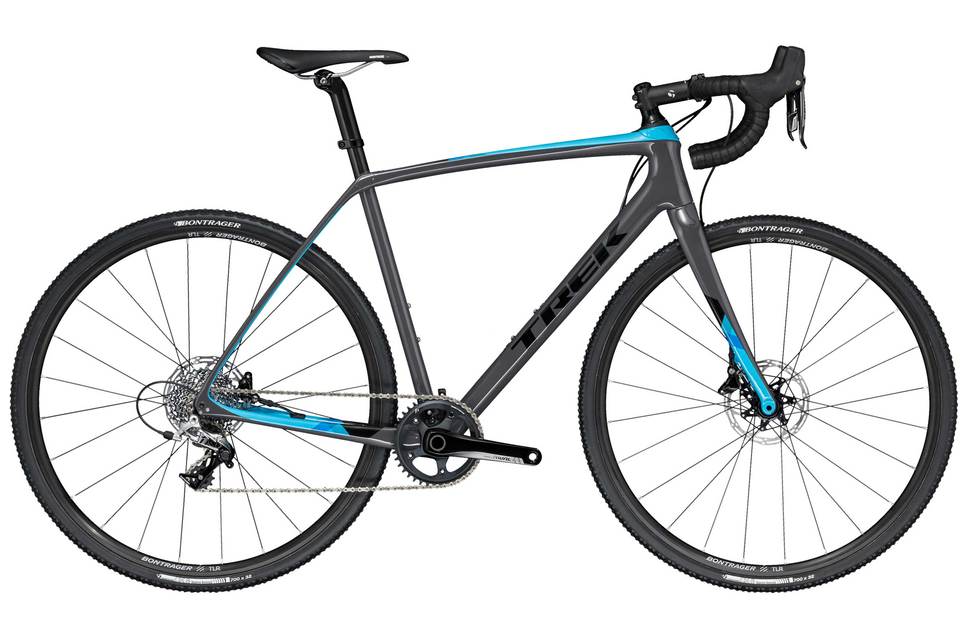
Cyclocross bikes tend to have a shorter wheelbase, higher bottom bracket and more aggressive riding position with racing in mind.
They'll also make the most of the front triangle, often with a horizontal top tube to make shouldering the bike over barriers and other obstacles easier.
Gravel bike geometry does vary a lot, although comfort tends to be higher on the priority list across all sub-genres from racing to trail-orientated builds.
Longer wheelbases and lowered bottom brackets, in combination with a slacker head tube angle, all help to give a more stable ride over rougher terrain than you might expect to encounter on a cyclocross bike. You'll also find a more upright riding position on these bikes.
Put really simply, on a spectrum of road bike to MTB, cyclocross bike geometry tends to be more towards to road bike end than gravel bikes.
Gravel bike vs cyclocross gearing
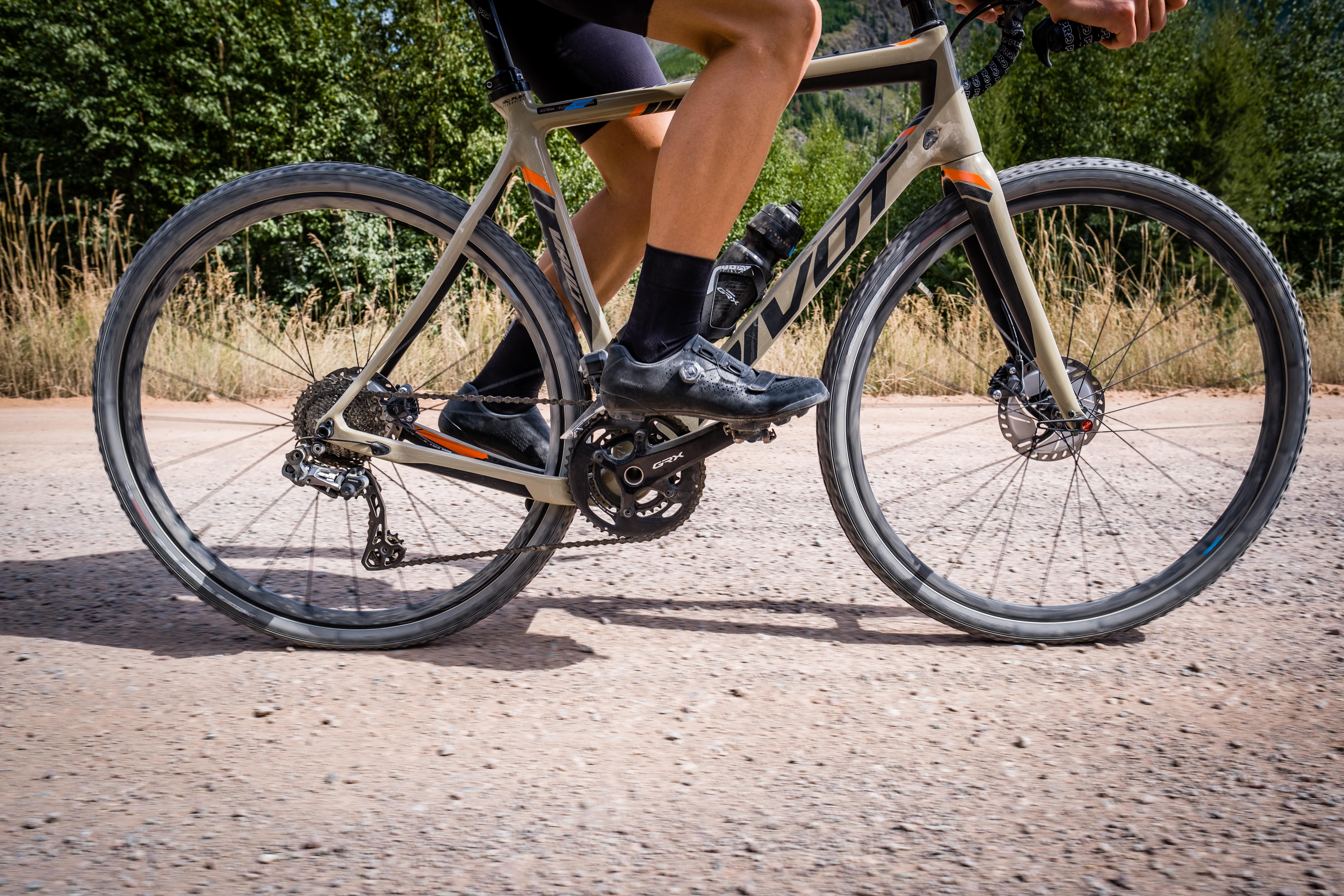
Going back once more to intended use, gravel bikes tend to have a greater gear range than cyclocross bikes, although this is not always the case.
Imagine a gravel tour, for example. You might need to grind up some technical, steep inclines as well as sail down some smooth tarmac, so having a wide range of gears here is really useful.
Cyclocross races tend to include less varied terrain, and when it comes to the really steep stuff it's often unrideable, or quicker to dismount and run.
Rather than employ much larger cassettes (and thus more weight), these racers tend to opt for simpler gearing. Commonly they will come with 1X set ups - a pretty regular find in gravel riding, too.
Mounts or no mounts?
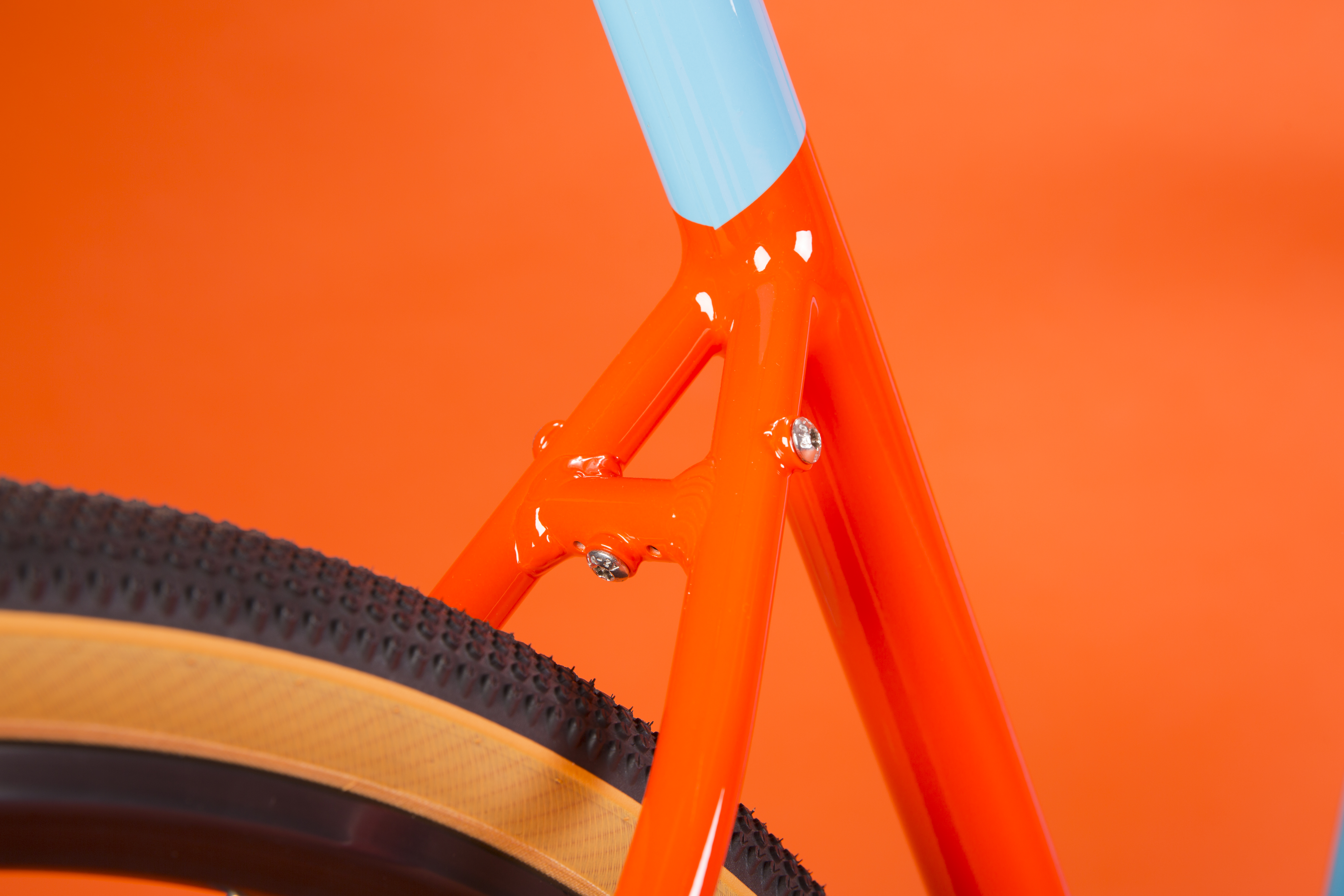
Gone are the days when cyclocross bikes didn't even have bottle cage mounts. Although bottles can get in the way during racing, most cyclocross bikes do now have mounts for bottles either for training or for really hot races.
Although some carbon fibre race-orientated models have omitted them, most gravel bikes have not only bottle cage mounts, but a huge array of other bosses for fitting mudguards and racks.
In some cases, you will even find extra storage on the fork legs, top tube and under the down tube.
Don't let that stop you planning an adventure on your cyclocross bike though, as you can fit most bikepacking bags without any racks or other fixings on the frame.
Finishing kit differences
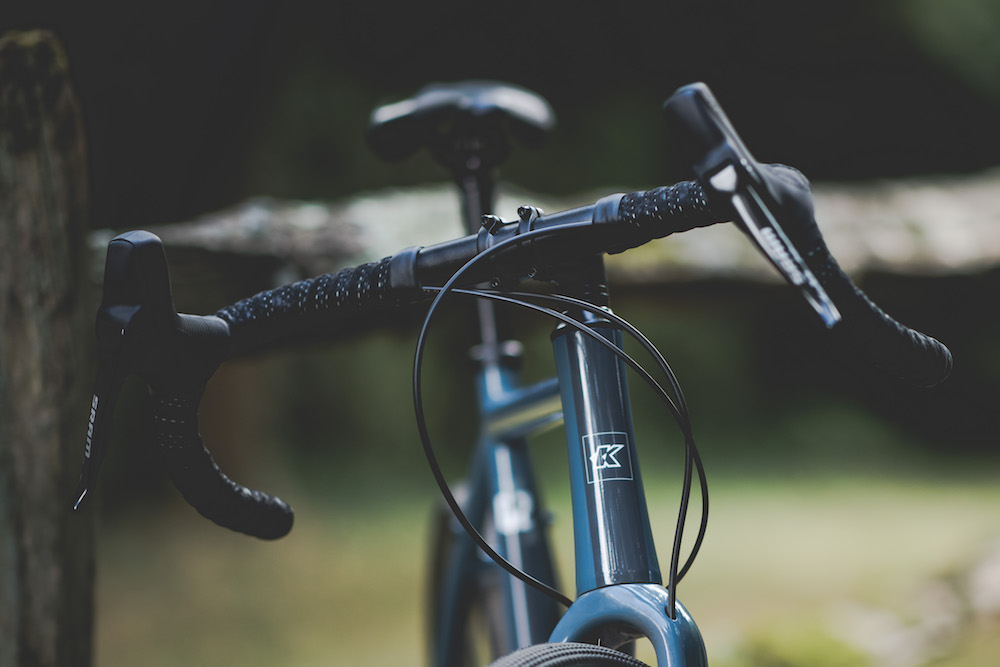
You might find a few subtle differences like flared bars for gravel riding that you wouldn't find on cyclocross bikes.
These offer a wider, more stable position for descending rough or steep terrain - but at a small aerodynamic disadvantage, it's the reason they haven't really taken off in cyclocross.
>>> Best handlebars for gravel riding
Of course, again there's a lack of UCI regulation when it comes to gravel, so you can run whatever bars you like, even excessive flared bars, super wide bars or even straight bars that wouldn't be allowed in professional cyclocross racing.
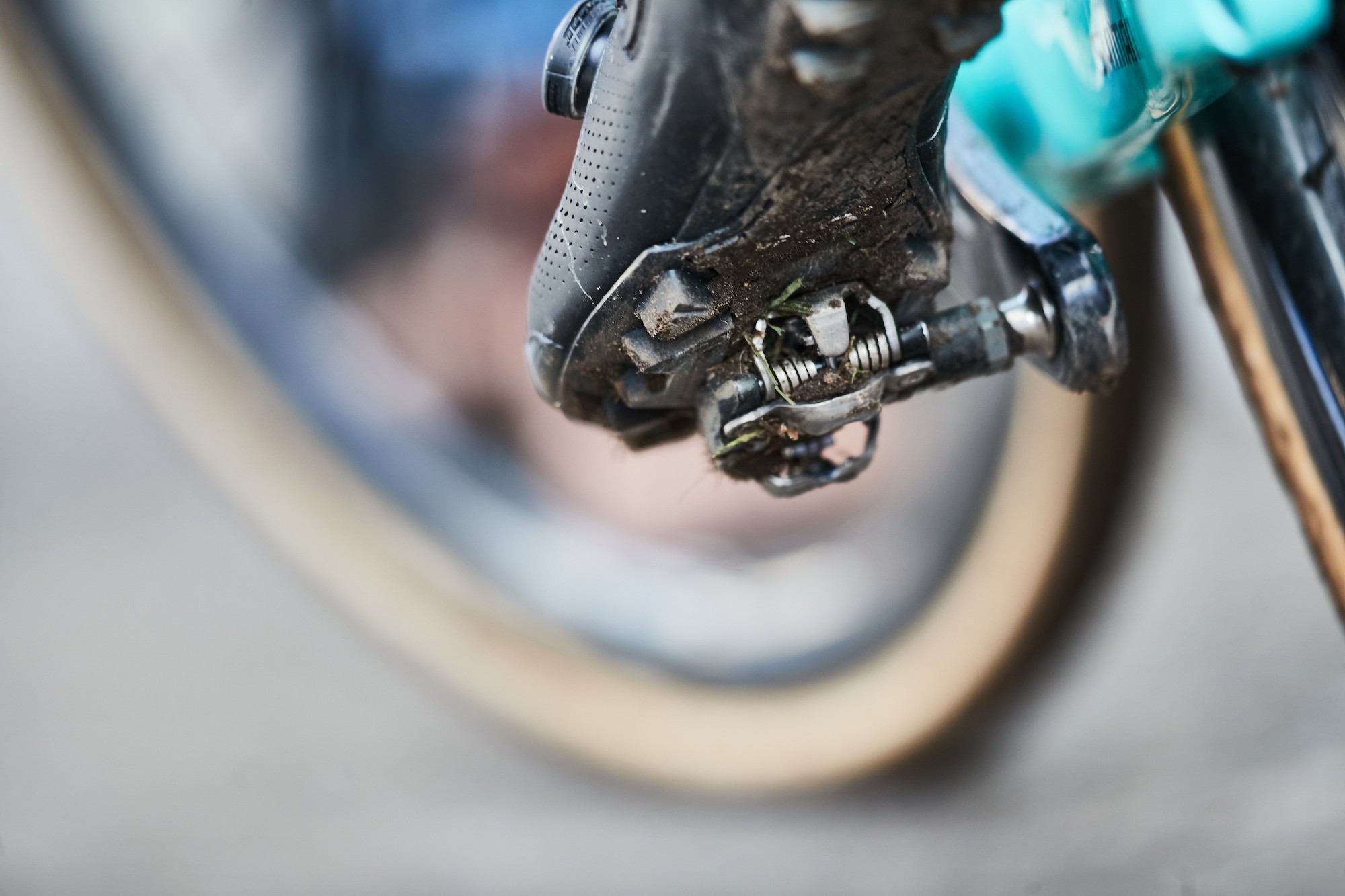
An extension of the bike perhaps, your pedals and shoes can make a big difference for cyclocross racing. Look for models that shed mud easily and shoes that give you the ability to fit toe spikes for grip on really muddy courses.
So can both bikes make good gravel and cyclocross bikes?
Absolutely! Do you strictly need two different bikes for drop bar dirt? No, though it could be handy if you're getting really into one or the other.
You can certainly make adaptations to your bike to make it suitable for both gravel and cyclocross, although that'll depend on what you're already running.
It could be easier to start with a gravel bike, as you can easily fit narrower tyres, but you can't get added clearance on a cyclocross bike where there isn't any.
If you're looking to buy a single bike to do both, there are a few bikes on the market that have this in mind, like the Ribble CGR (Cross, Gravel, Road).

Thank you for reading 20 articles this month* Join now for unlimited access
Enjoy your first month for just £1 / $1 / €1
*Read 5 free articles per month without a subscription

Join now for unlimited access
Try first month for just £1 / $1 / €1
Get The Leadout Newsletter
The latest race content, interviews, features, reviews and expert buying guides, direct to your inbox!
-
 Aero bikes with gravel wheels?: Six tech insights from Paris-Roubaix Femmes
Aero bikes with gravel wheels?: Six tech insights from Paris-Roubaix FemmesEverything we found out about tyre widths, self-inflating systems, and wheel choices from the cobbled Monument
By Tom Davidson Published
-
 'This race is absolutely disgusting': Peloton reacts to another brutal Paris-Roubaix Femmes
'This race is absolutely disgusting': Peloton reacts to another brutal Paris-Roubaix FemmesNow in its fifth edition, Paris-Roubaix Femmes is still a tough race, even for the best bike riders in the world
By Adam Becket Published